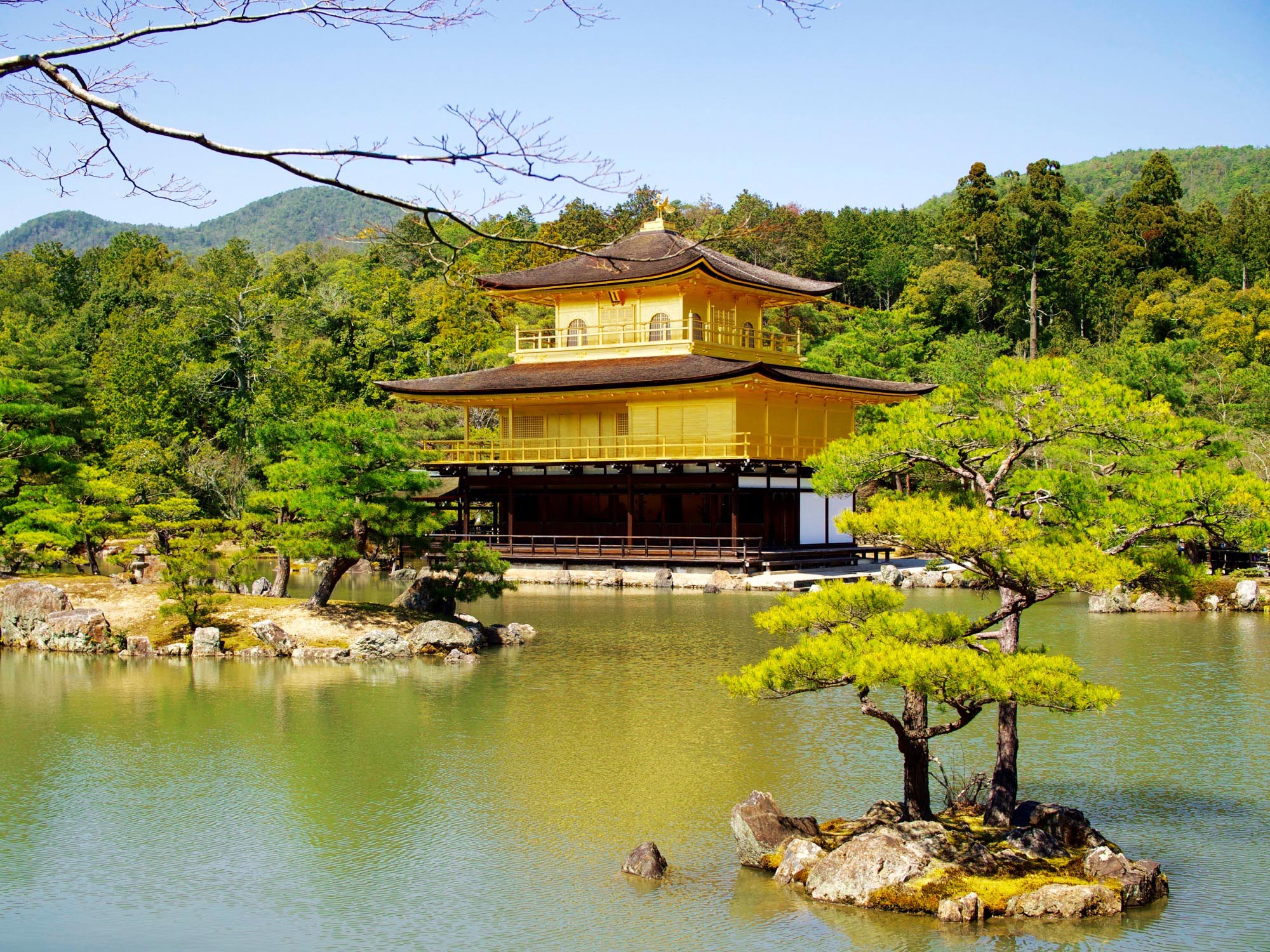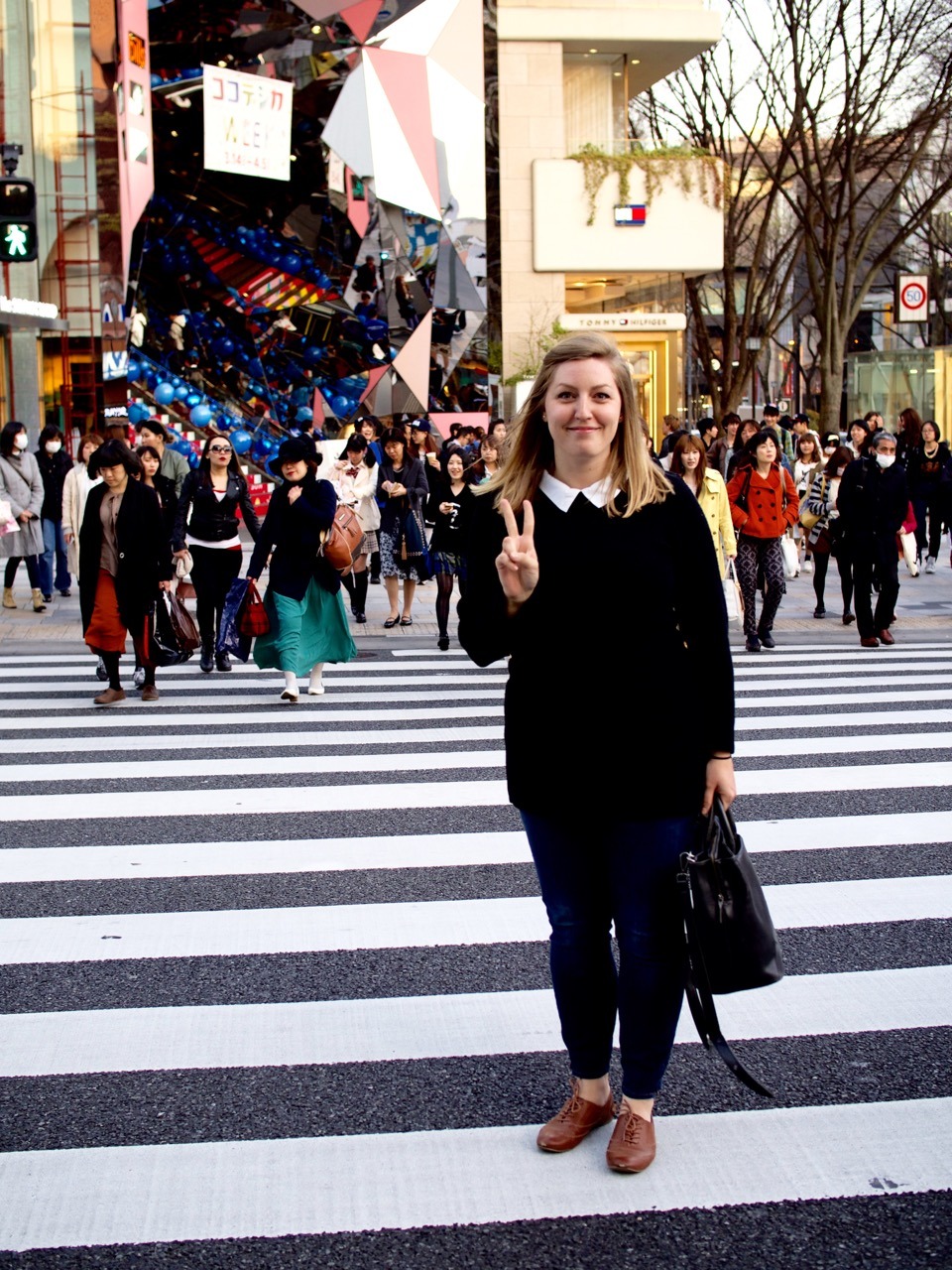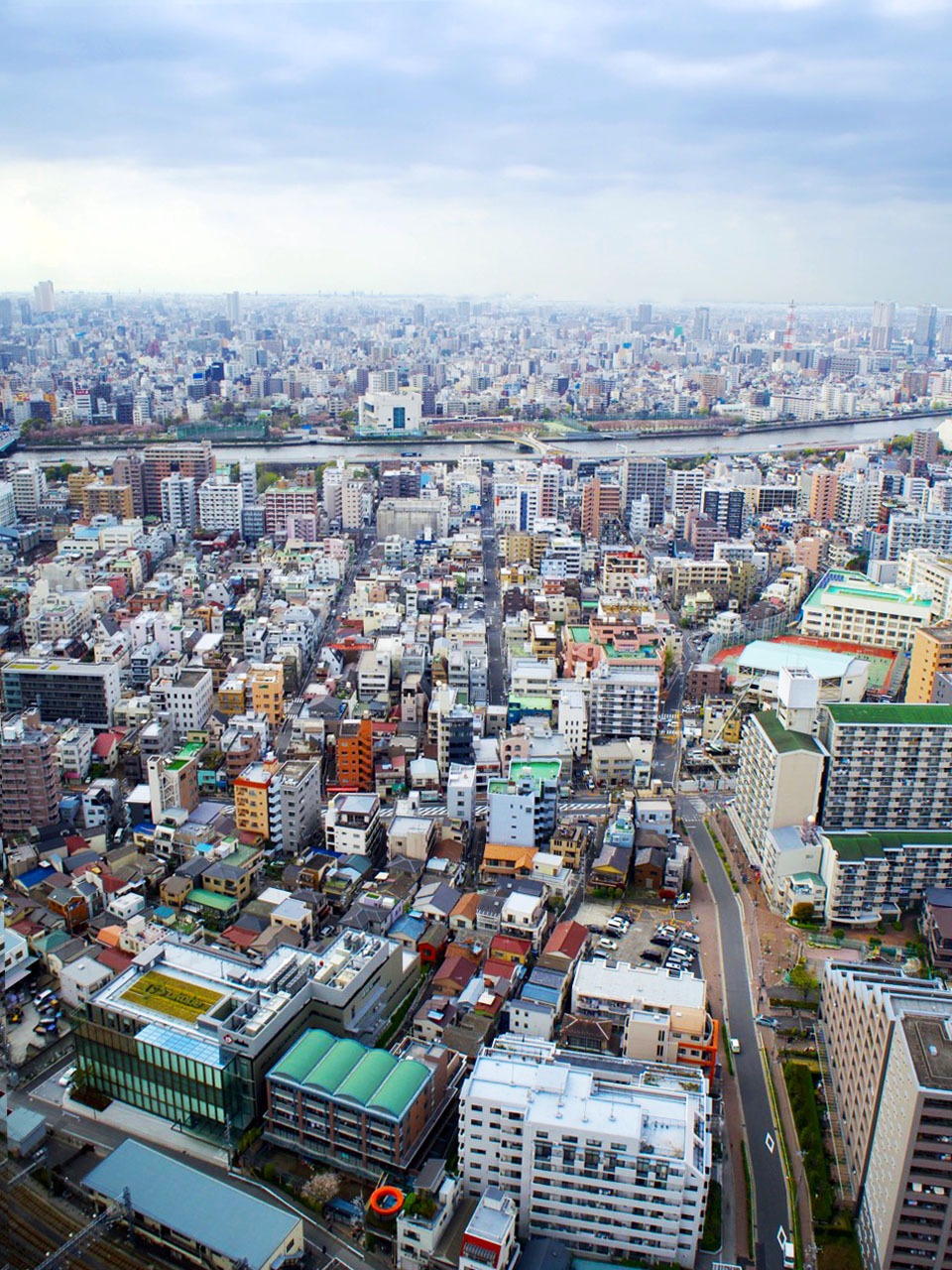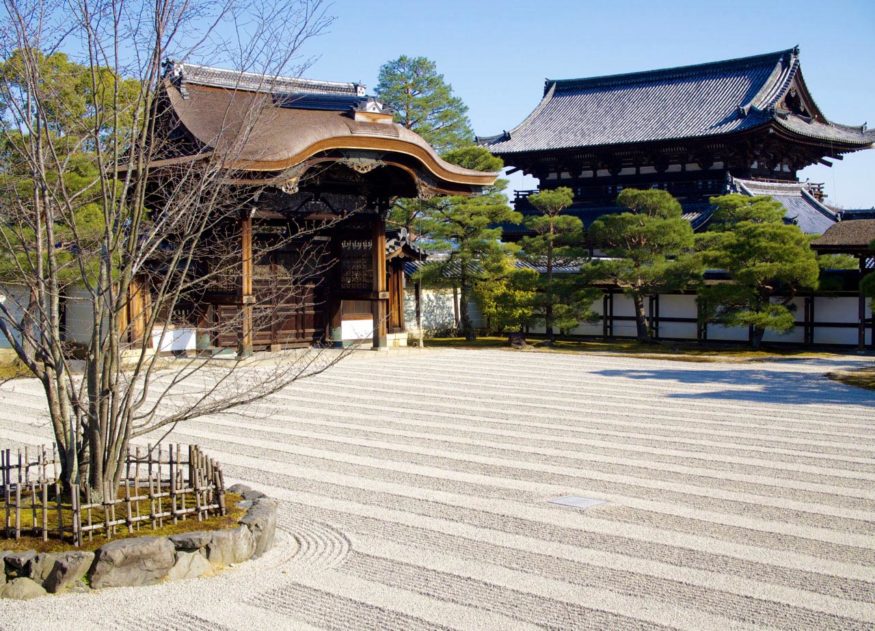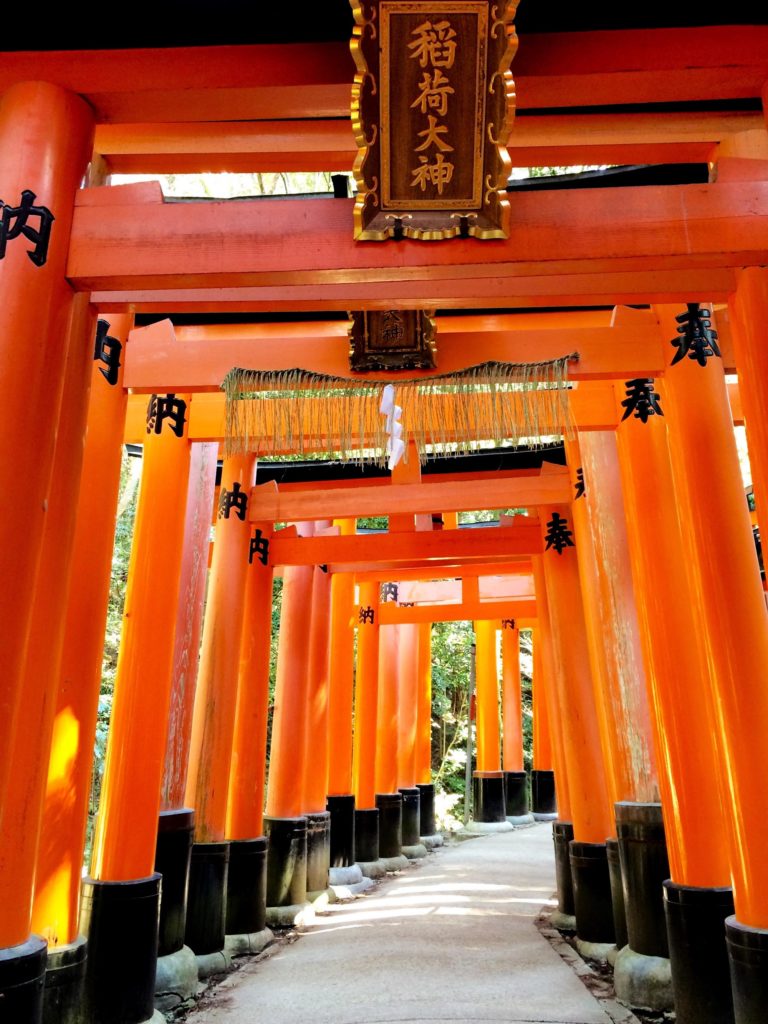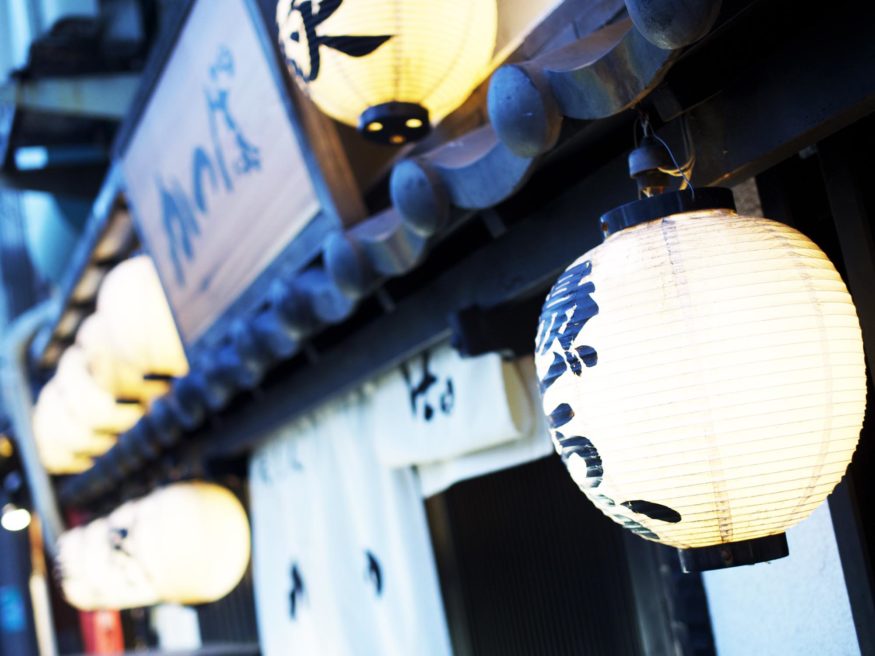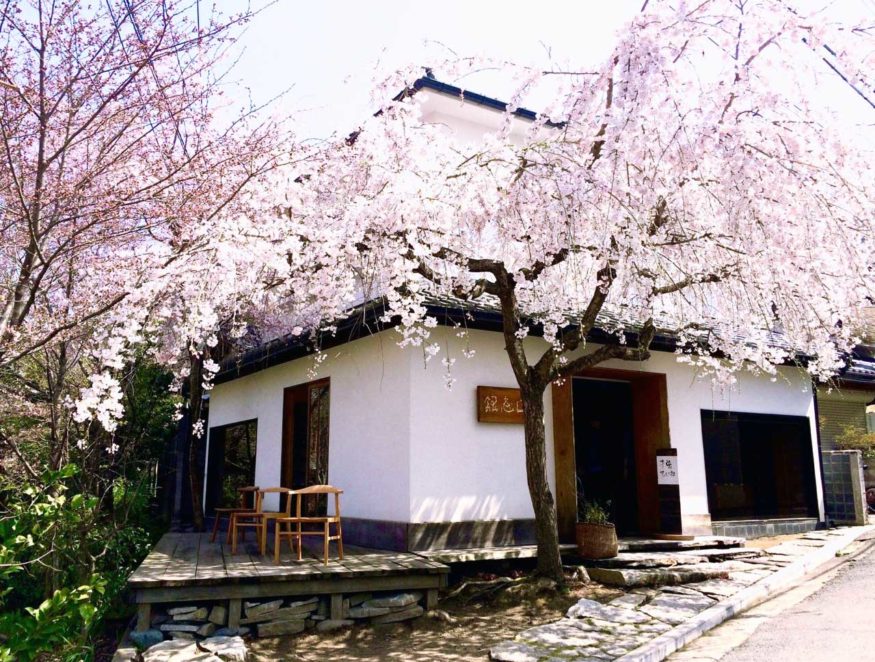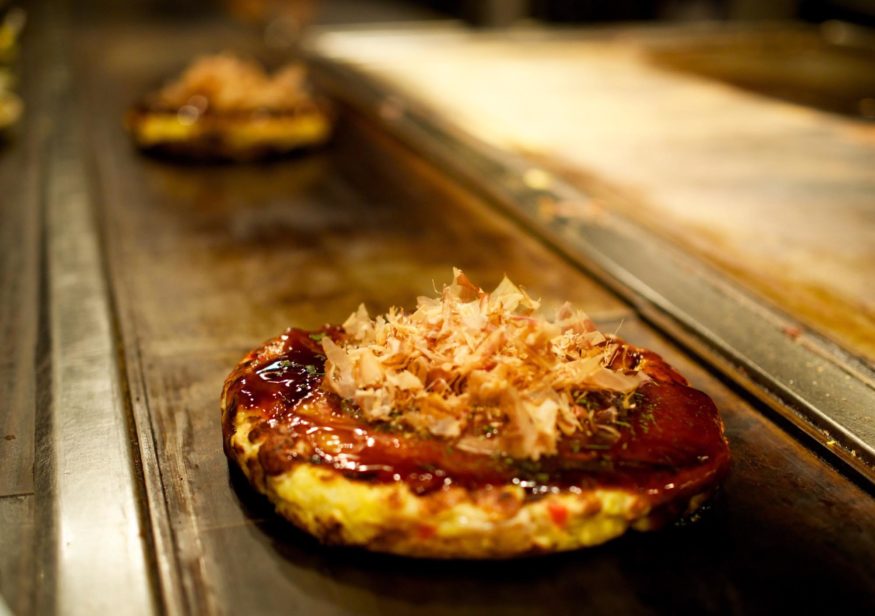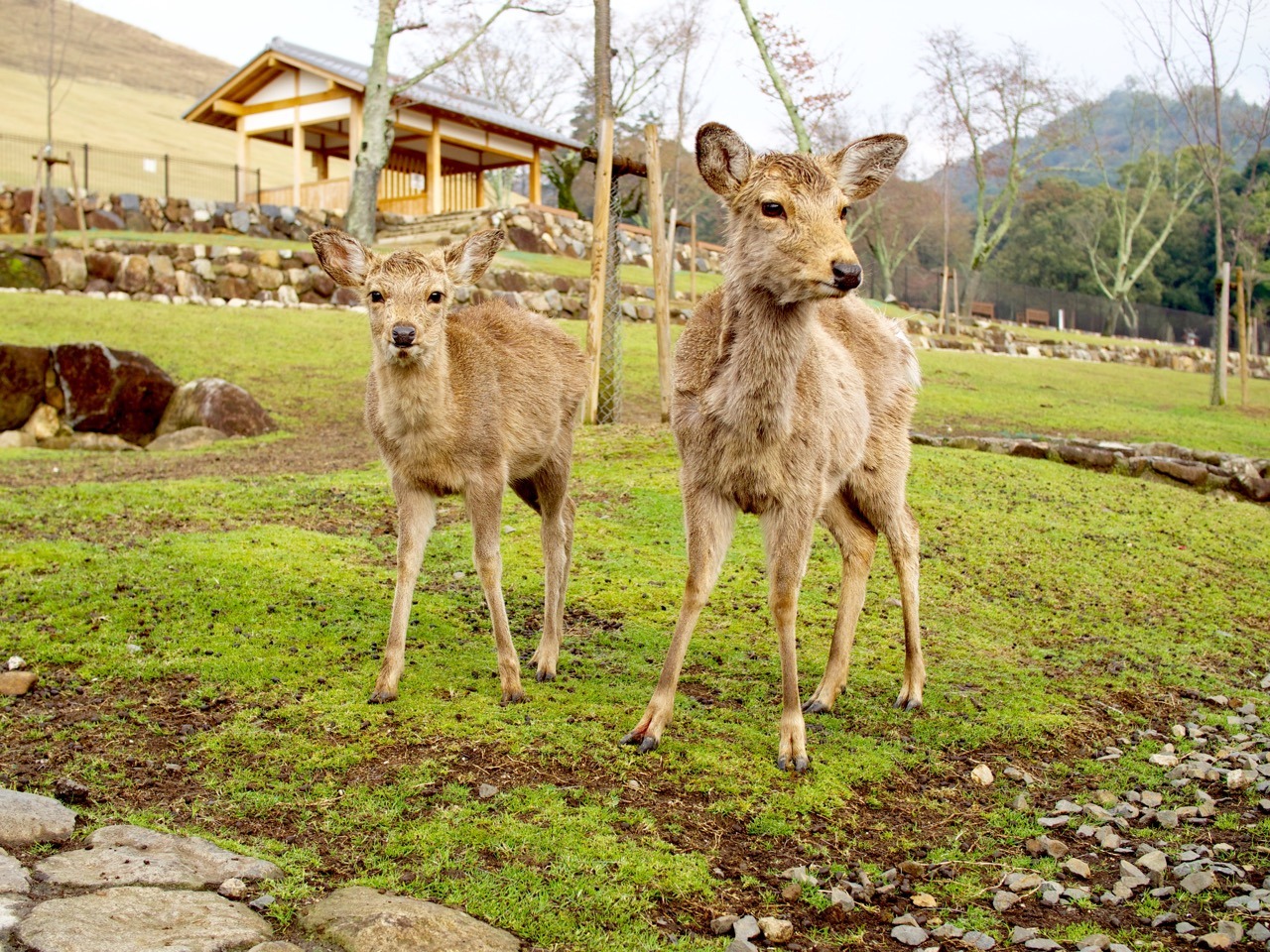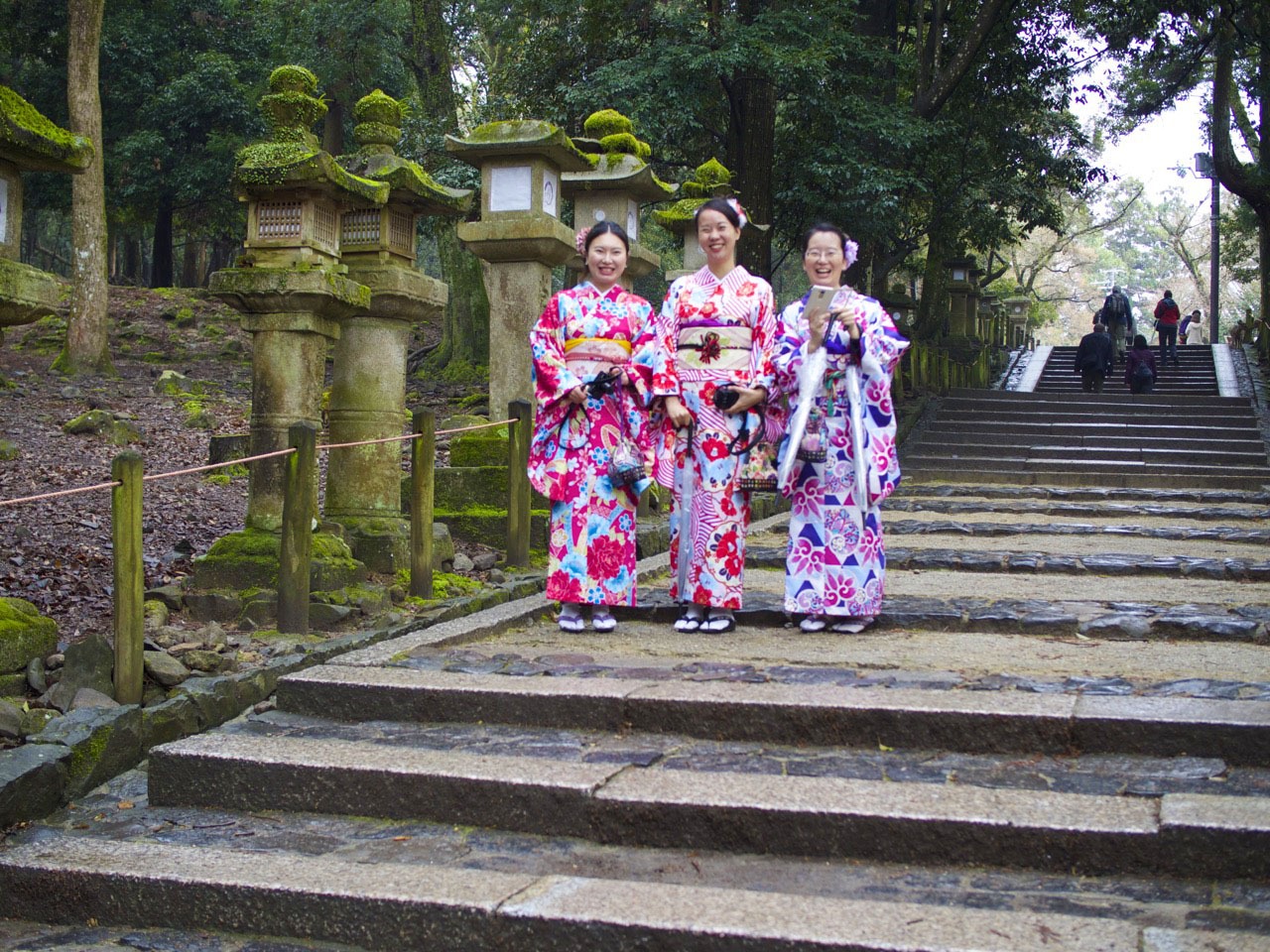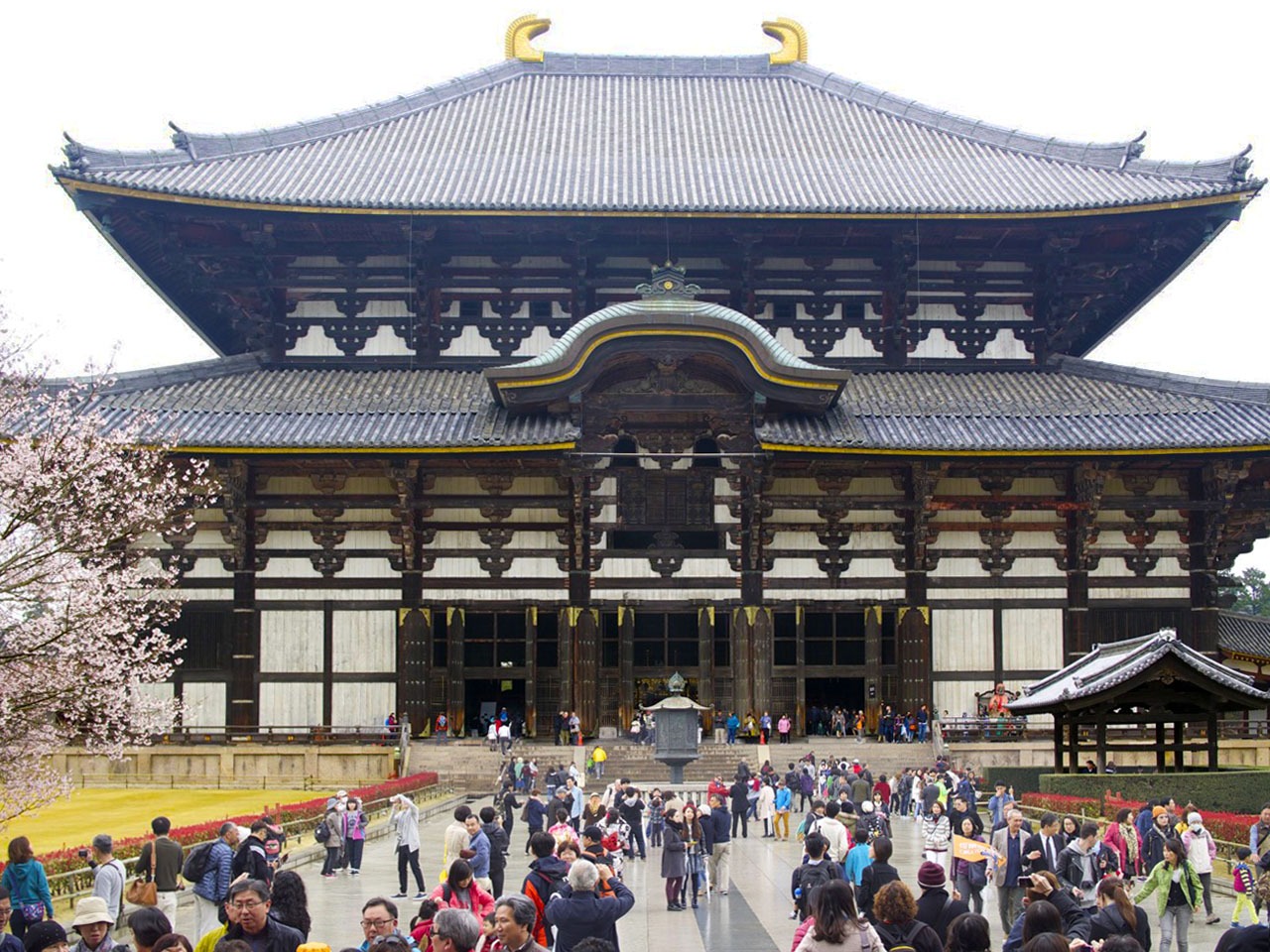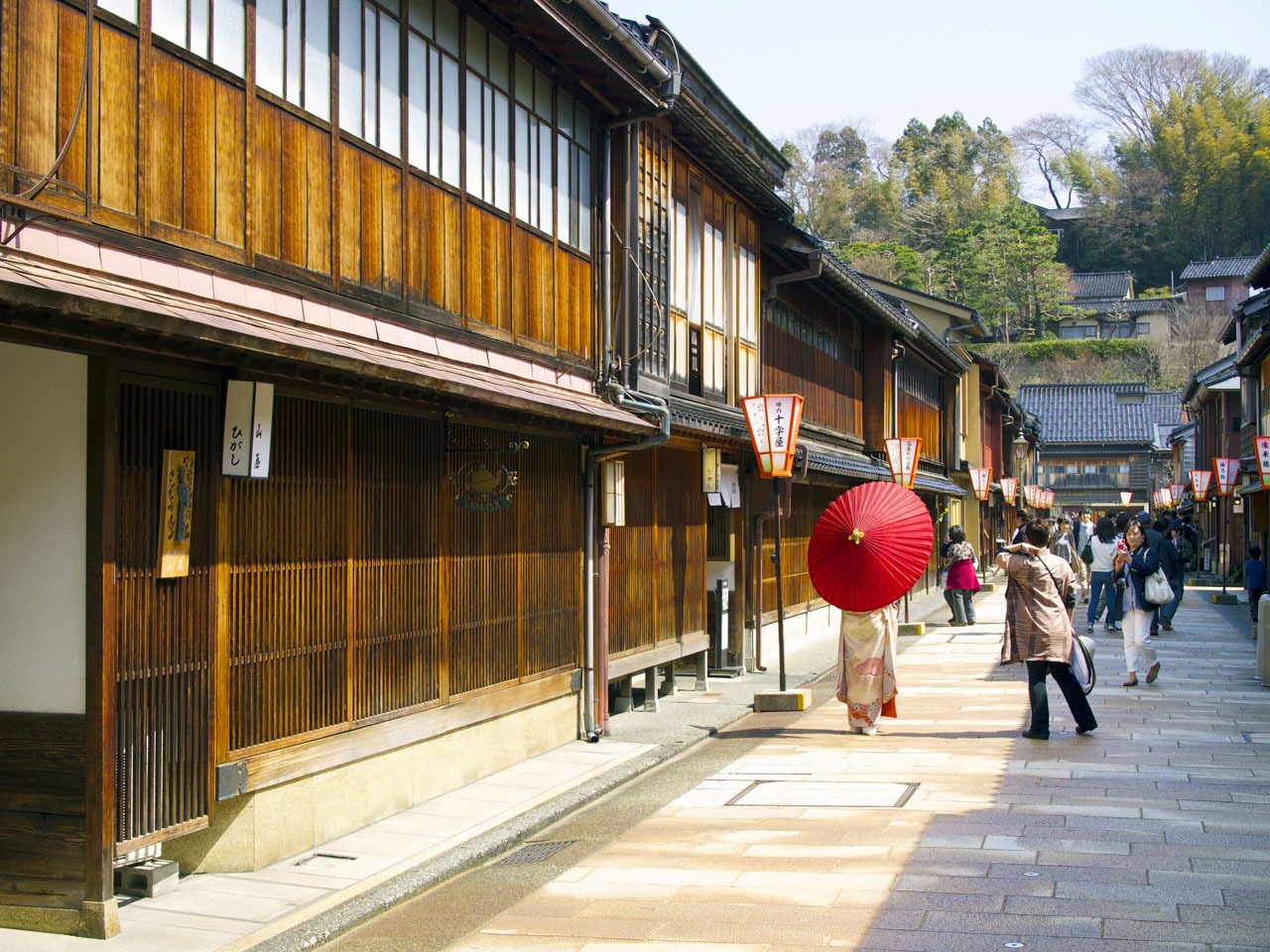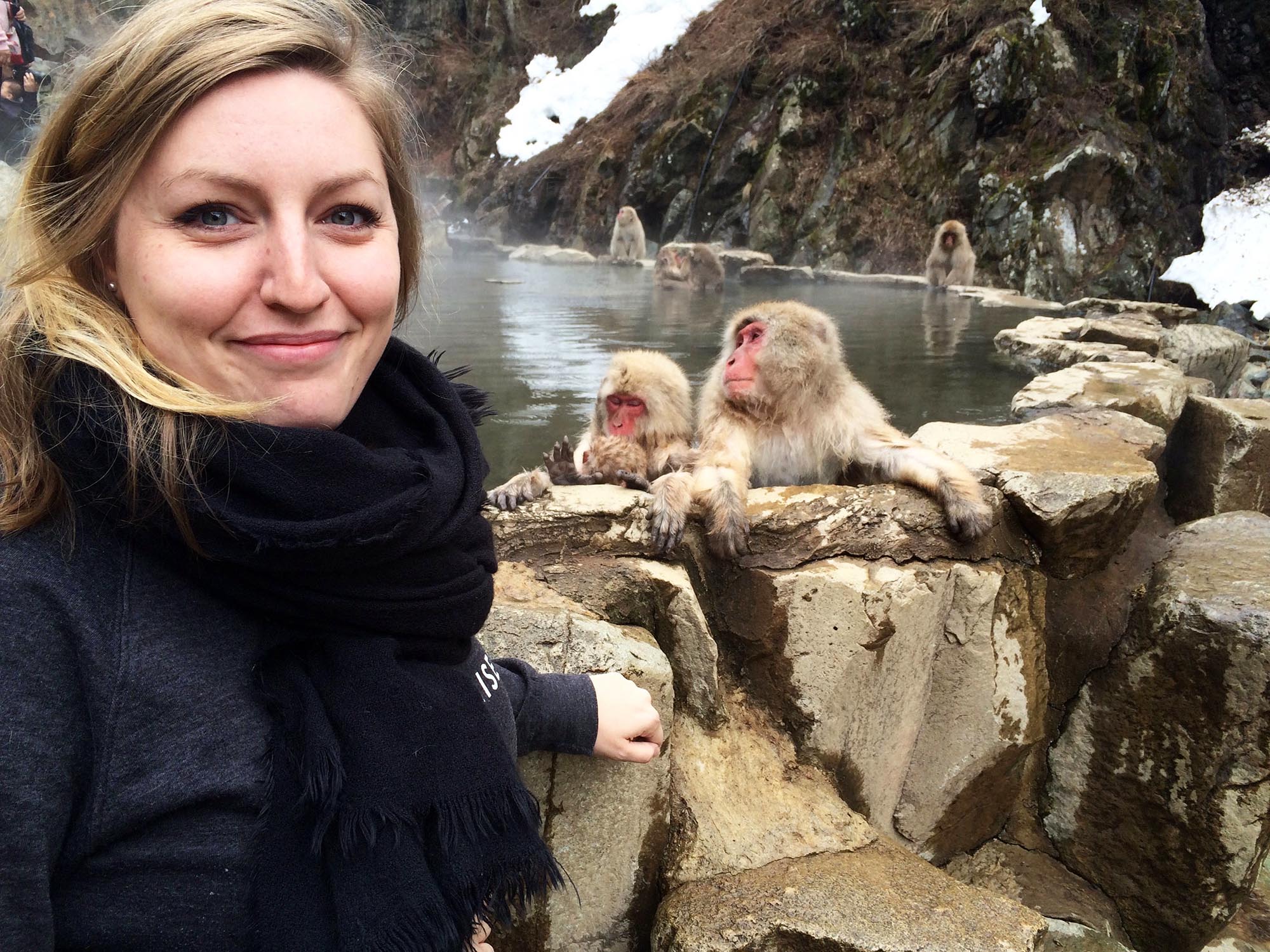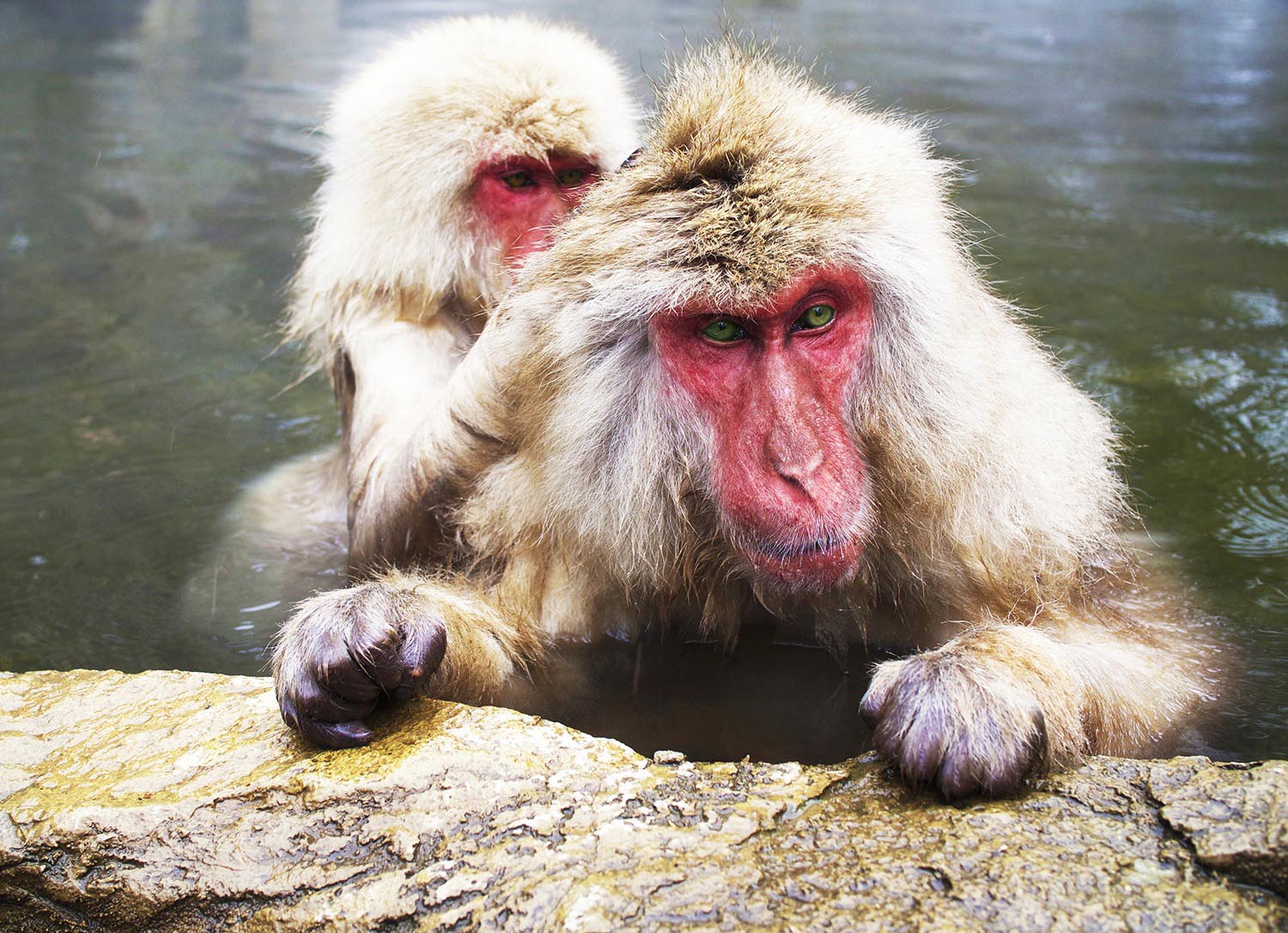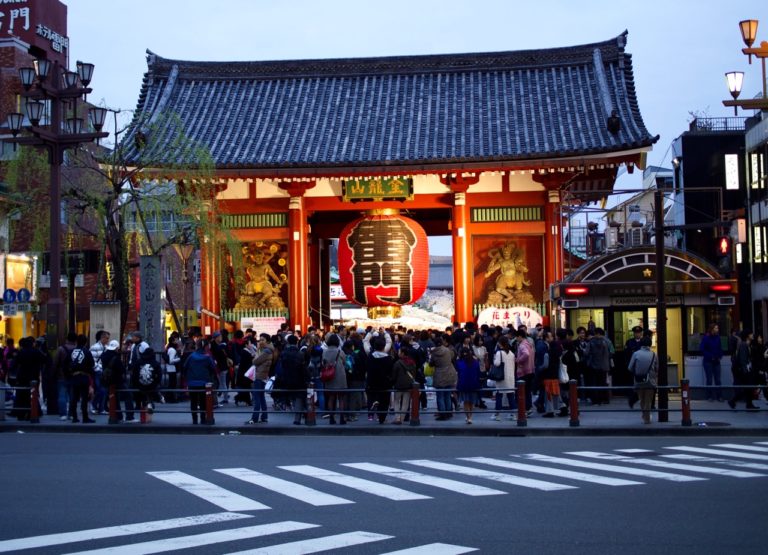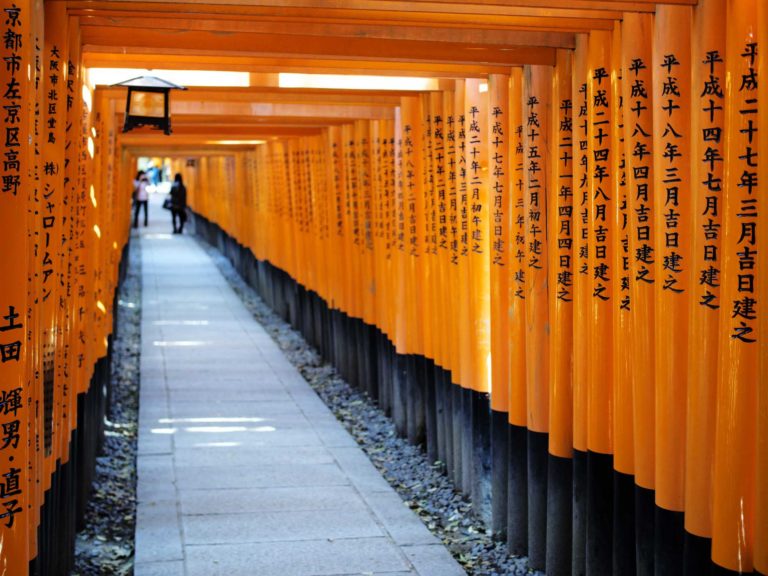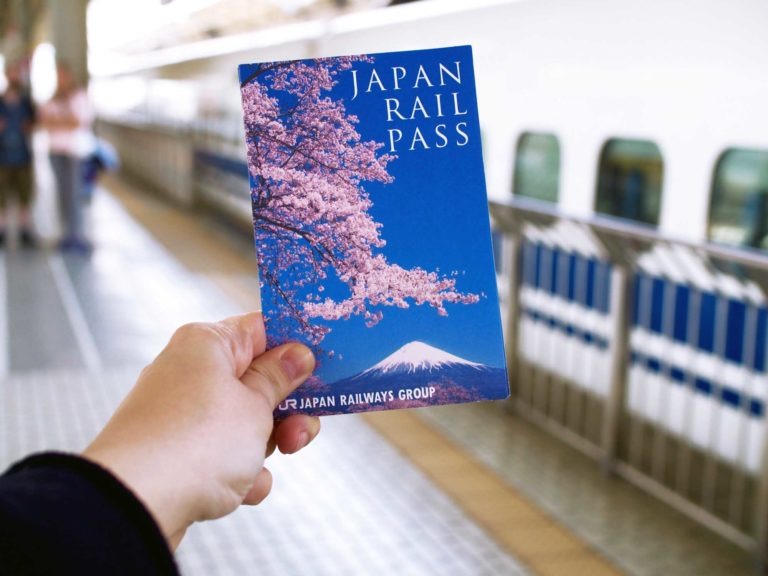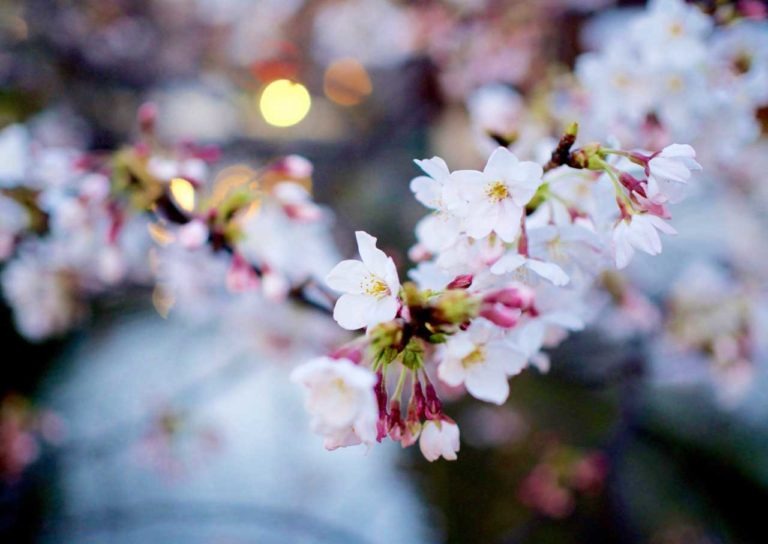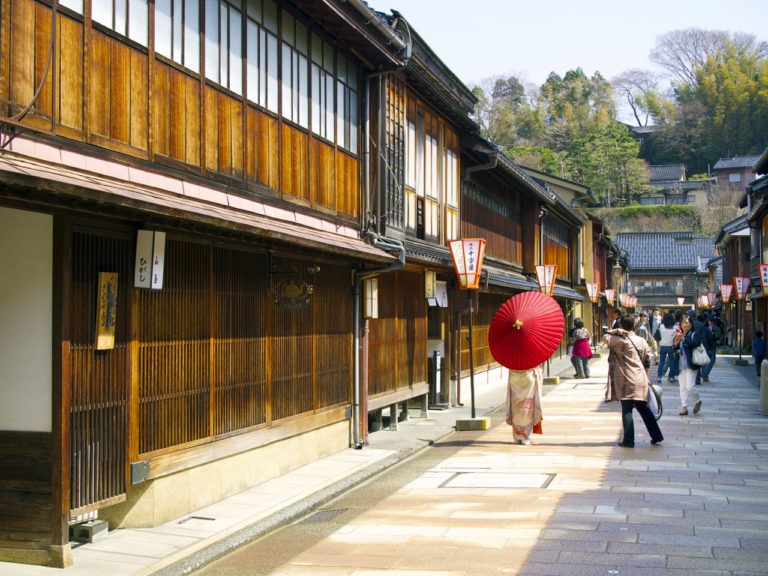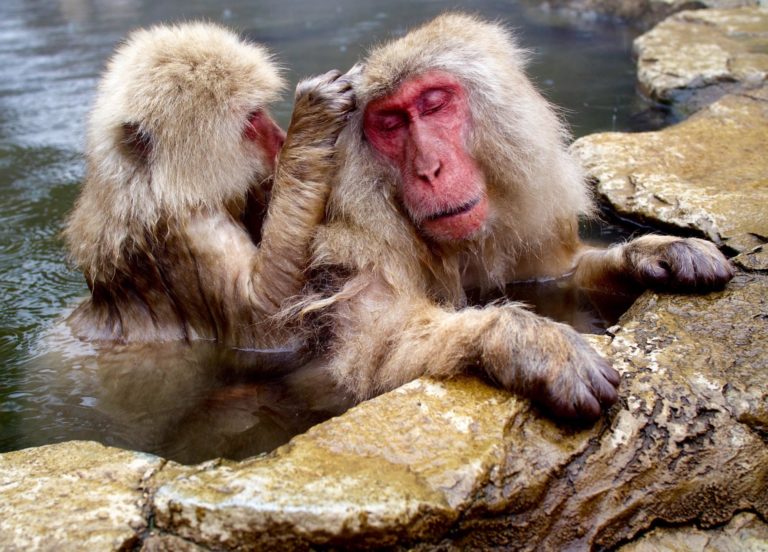A detailed 21-day Japan itinerary
When travel is concerned, I firmly believe that you should always, always stay in a place at least as long as it took to get there—especially when that place is halfway across the world. You’ve got to make it worth your while! With that in mind and with 19 hours of transit ahead of me, I set out to put together my three-week Japan itinerary which, as a first timer in the land of the rising sun, would take me to all the main sights.
From Edo-era castles to metropolises, from shogun villages to iconic volcanoes, and from tranquil temples to surprising wildlife, here’s what I did in the space of three weeks.
TOKYO // 4 days
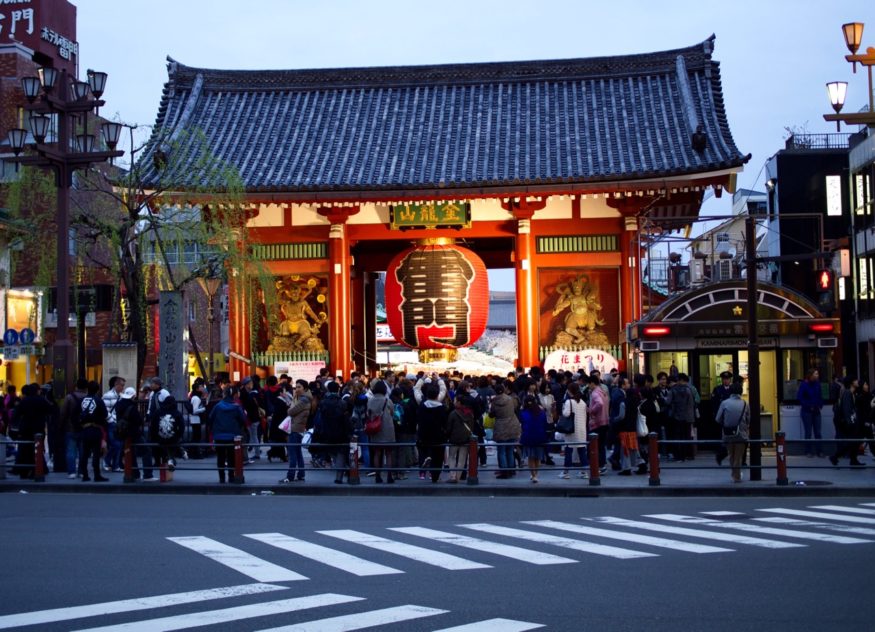
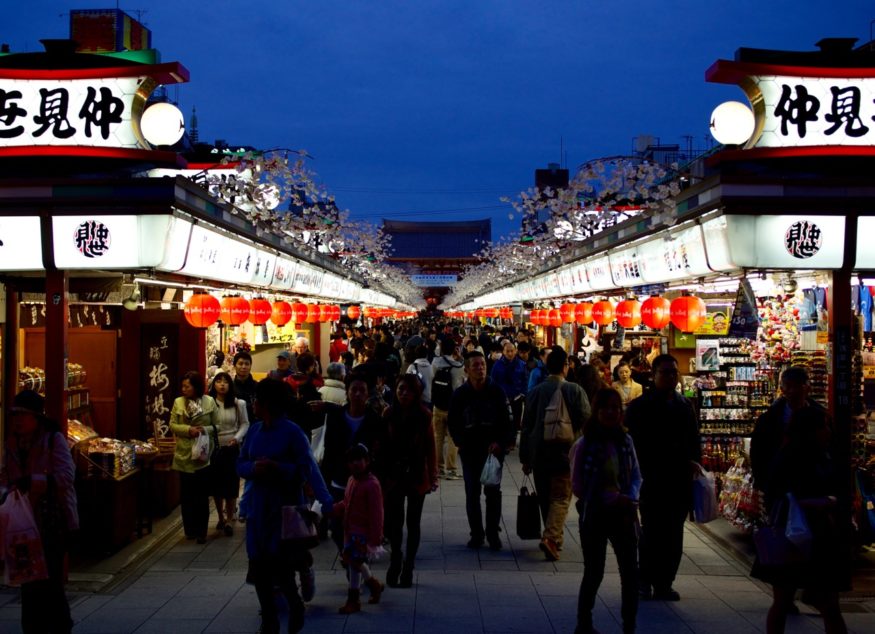
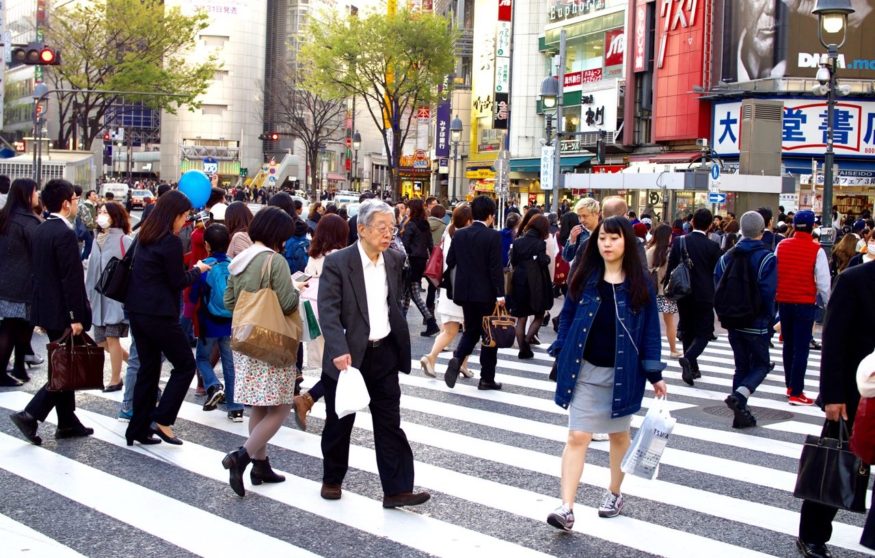
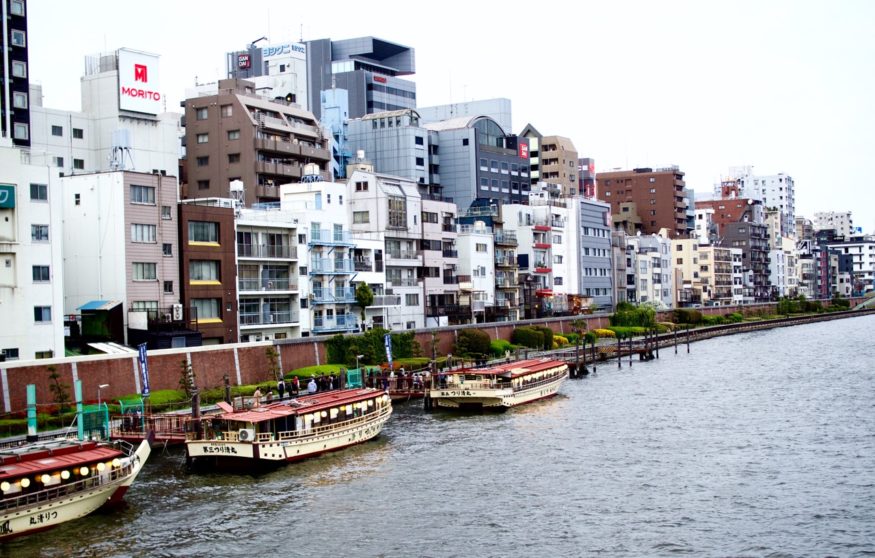
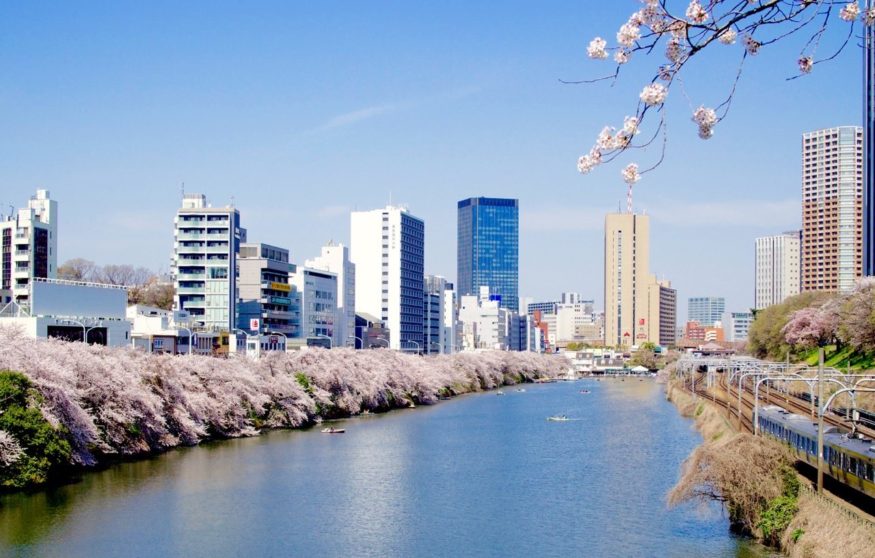
With most flights landing into Narita airport, it only made sense to spend a little time in the Japanese capital; plus, it’s the kind of mega city you’ve just got to be in to fully grasp its tremendous size and significance. Nevertheless, I was hesitant about spending too much time in Tokyo, however fascinating it may be, as I wanted to cover as much ground as possible.
Regardless of how much or how little time I was in Tokyo for, I simply would not forego drinks at New York Bar atop the iconic Park Hyatt: totally worth the expense, the best possible way to conclude (or begin!) this epic Japanese odyssey. This is where they filmed Lost in Translation.
Useful tip: if you’re budget-strapped, skip the prohibitively expensive observation deck fees and go to Sky Tree East Tower instead where you get can to the 31st floor free of charge; not quite as high, but still impressive (see city view photo above).
Where I stayed in Tokyo
Tokyo guided tours & day trips:
- Old and nostalgic Tokyo: Yanaka walking tour
- Samurai experience
- Geisha experience + Kaiseki course dinner
- Tsukiji fish market tour with sushi making experience
+
japan travel tips
NIKKO // 1 day
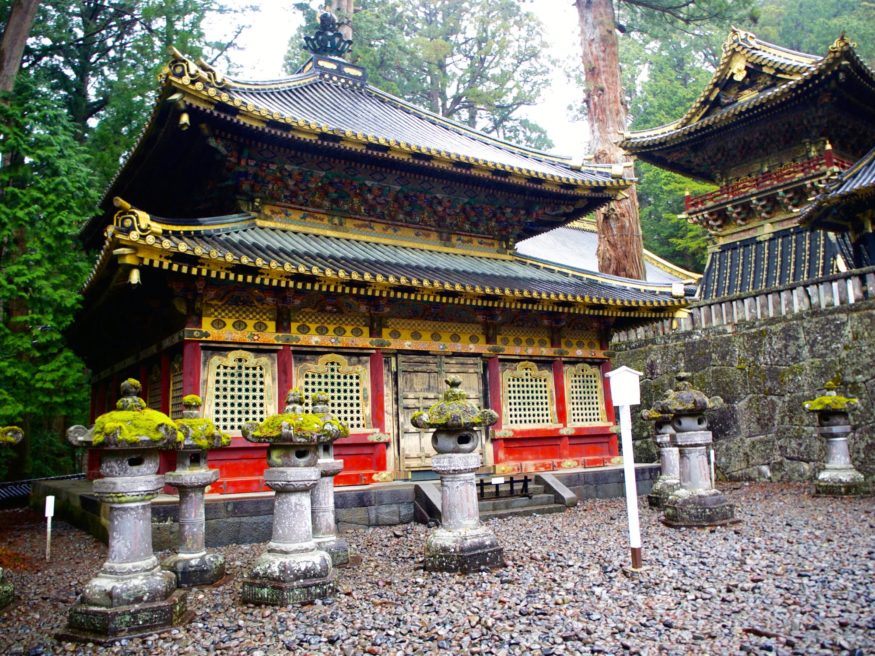
The small city of Nikko is located in a mountainous area north of Tokyo called the Tochigi Prefecture, and is home to some of the most famous and esteemed shrines in the country: UNESCO World Heritage Site of Toshogu Shrine, erected in 1617 to commemorate the founding ruler of the Tokugawa shogunate and ultimate feudal military government, Tokugawa Ieyasu. It’s a stretch on any typical Japan Itinerary but it’s well worth the trip.
Here, you will find luxuriant woodlands with rows and rows of stone lanterns, occasionally dotted with vermillion gates. A truly spiritual and grandiose place and one of the most popular day trips from Tokyo, although it is possible to stay overnight.
Where I stayed in Nikko
Day trips to Nikko
+
Japan travel tips
MOUNT FUJI // 1 day
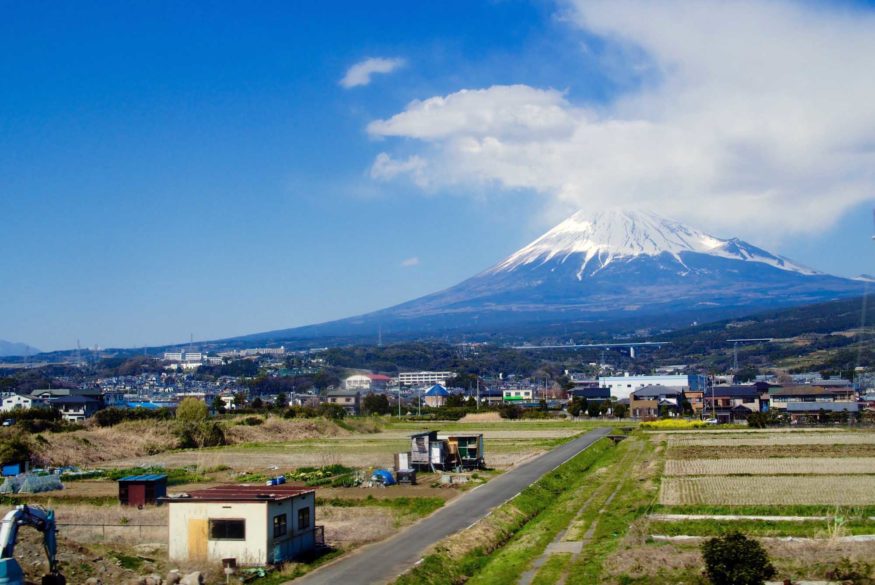
Located right outside Tokyo, the majestic mountain is one of the most popular day trip destinations in the area. Rightfully so; the stratovolcano is Japan’s highest peak at 12,389 feet tall as well as both a Special Place of Scenic Beauty (a great page to bookmark if you want to hit Japan’s prettiest sights, by the way) and a UNESCO World Heritage Site.
The easiest and most cost-efficient way to admire Fujisan is by sitting on the right-hand side of the shinkansen travelling between Tokyo and Kyoto. The mountain majestically soars into the picture about 45 minutes into the journey.
Day trips to Mount Fuji
Many tour operators offer day trips to the sacred mountain; should you wish to travel to Mount Fuji independently, note that hiking trails are only officially open in July and August. You can also book this VIP experience in Mount Fuji with local priests.
+
kyoto travel tips
KYOTO // 5 days
Not only does Kyoto hold an impressive quantity of temples and castles, it is strategically located on the Tokaido Shinkansen line for easy side trips and has plenty of mouth-watering restaurants to keep your appetite satisfied. Speaking of which, most of the noteworthy temples are located in the same area north-west of the main train station, making it easy to visit all of them on a single day: I’m specifically thinking of Kinkakuji (the Golden Temple), Ryoanji and Toji-in temples.
Other fun things to do in Kyoto? Arashiyama (bamboo grove, monkey park, splendid hiking opportunities), Ginkakuji (the Silver Pavilion), Toji Temple (believe it or not, it’s an entirely different temple), Philosopher’s Walk and Higashiyama historic district.
Handy tip: if you’re planning on wearing sandals or go commando in your shoes, bring a pair of socks with you; this being Japan, you won’t be authorised to enter temples with your shoes on or barefoot.
Also, a side note about maikos and geishas in Gion: whatever you do, remember to be respectful to geishas you encounter. If you want to take a picture of them, just ask – a lot of geishas have complained in recent years that tourists act like ruthless paparazzi. Please don’t be that person!
Where I stayed in Kyoto
Kyoto guided tours & day trips:
- Kyoto full-day sightseeing tour
- Kyoto Imperial Palace, Golden Pavilion and Nijo Castle
- Samurai school
- Arashiyama & Sagano bamboo private tour with nationally-licensed guide
- Nighttime all-inclusive local eats and streets, Gion and beyond
- Fushimi Inari hidden hiking tour
- Traditional tea ceremony wearing a kimono in Kyoto
- Izakaya-style cooking class
+
kyoto travel tips
NARA // 1 day
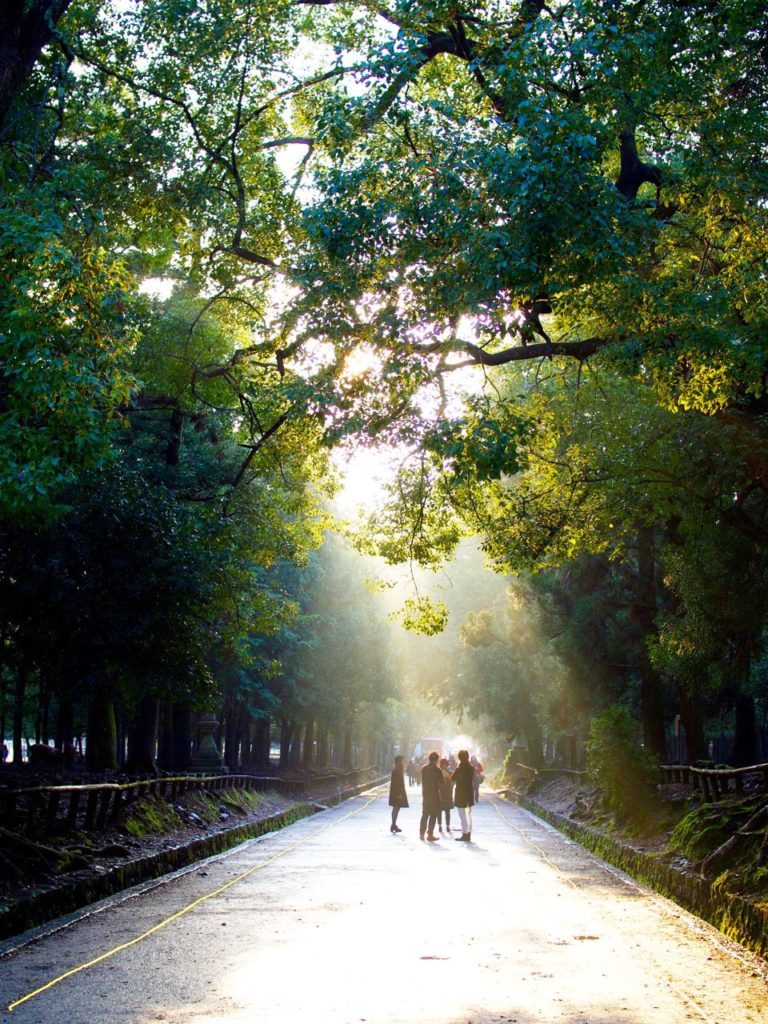
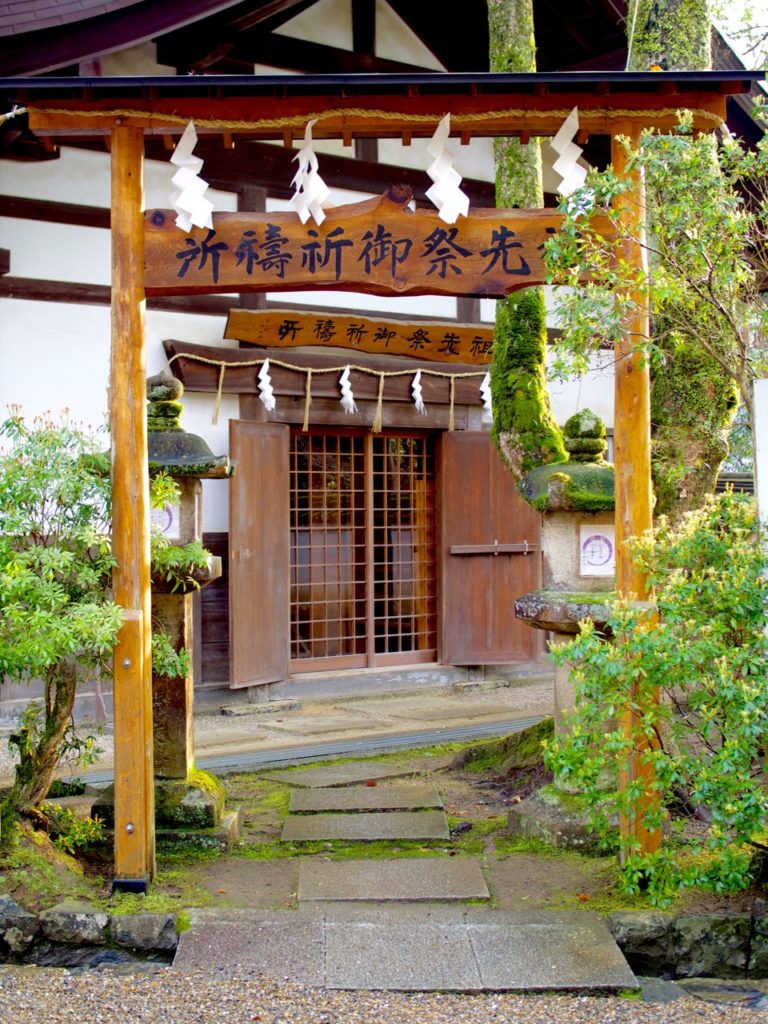
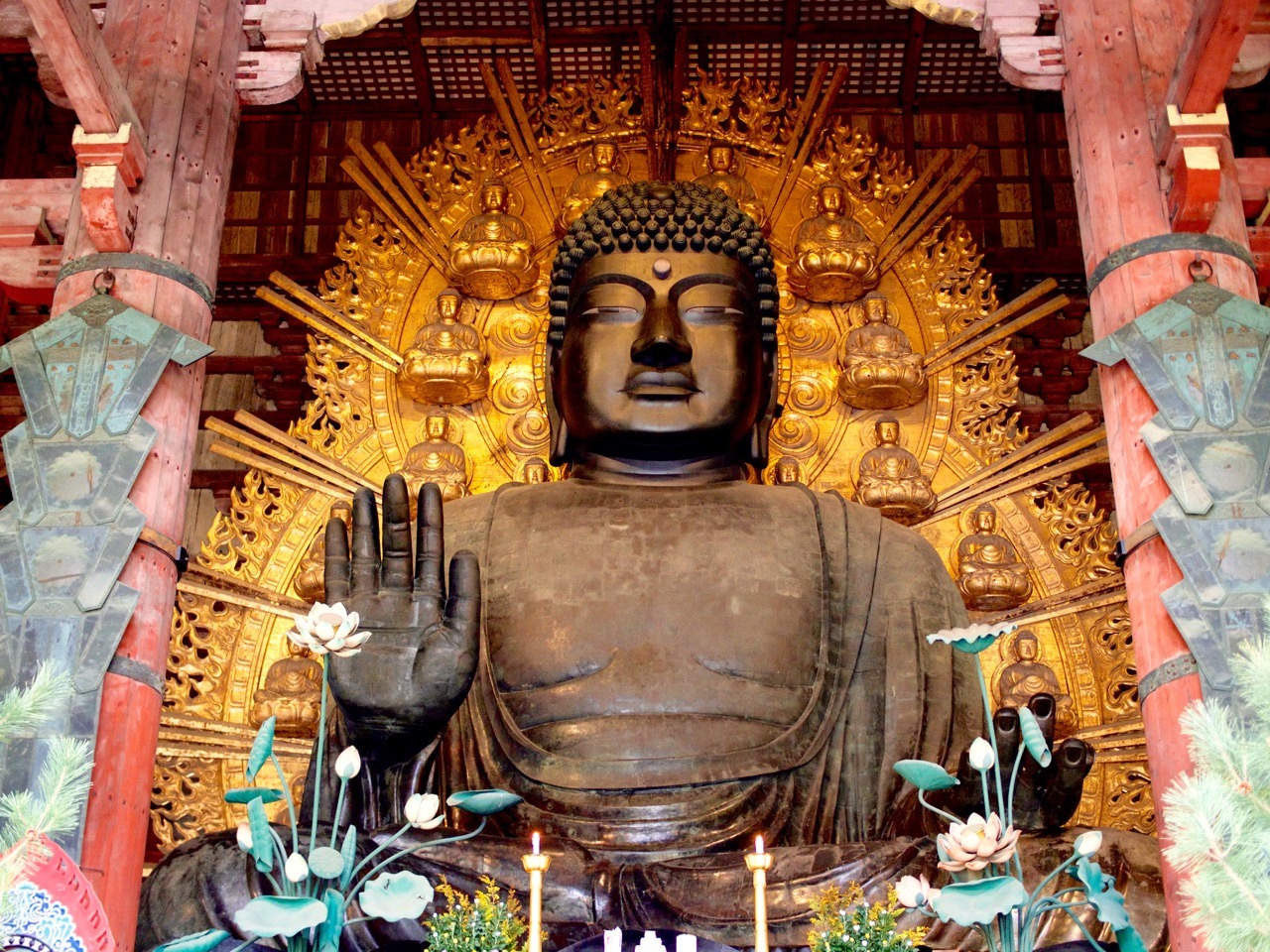
It just ticked all the boxes of things you expect to find in a place like Japan: cute animals, wareshinobu-clad maikos, immense Buddhist temples, and mystical forests. I found all that here, in this small city just outside Kyoto. Although a destination in its own right (there are a few hotels near the train station), Nara is a worthwhile day trip from the ancient capital. It was Japan’s first permanent capital in the year 710; as such, it is home to over eight UNESCO World Heritage Sites, second only to Kyoto as a directory of Japan’s cultural heritage.
Things to do in Nara
- Tōdai-ji: the largest wooden building in the world, which, astonishingly enough, is actually a mere two-thirds of its estimated original size. It contains the Great Buddha (not an understatement, at 16 metres high and 437 tonnes of bronze) is housed inside.
- Horyuji Temple
- Nara Park and its equal parts tame, hungry, and adorable deer
Day trips to Nara from Kyoto
HIMEJI // 1 day
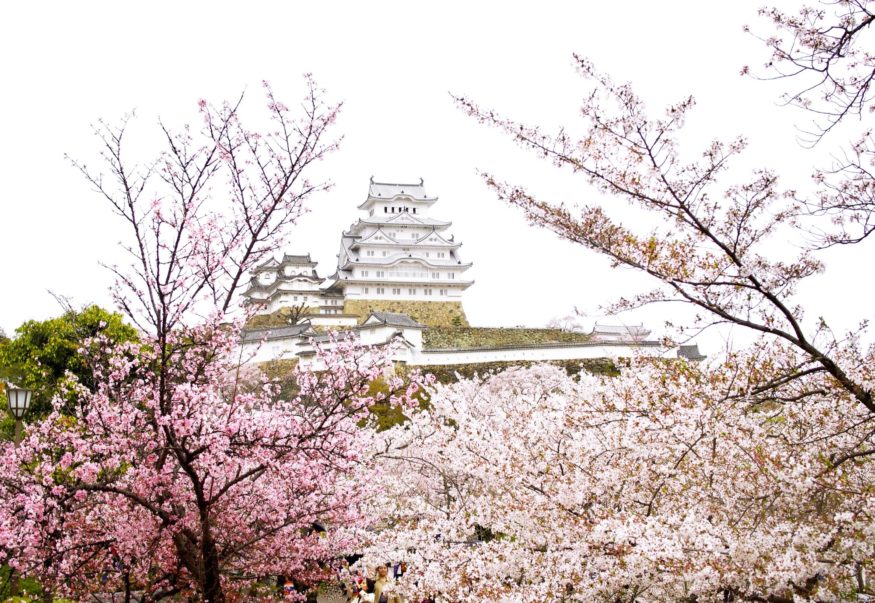
Confession time: I didn’t actually go inside Himeji Castle. I unknowingly turned up two days after the castle had reopened following massive renovations, and frankly I wasn’t too keen on the three-hour long queue. I decided to stick to the flowery gardens instead, knowing that another fabulous castle was on my itinerary later in the week.
Where I stayed in Himeji
Day trips to Himeji
+
himeji travel tips
HIROSHIMA // 1 day
You simply can’t travel along the southern coast of Honshu Island — or plan any Japan Itinerary — and not spend some time in Hiroshima. Even though Hiroshima was largely obliterated by an atomic bomb —ironically named Little Boy— during World War II, the city is now thriving and well. Hiroshima Castle and Shukkeien Garden, two major monuments pertaining to Hiroshima’s historical heritage, were destroyed during the bombing and were later on reconstructed; they can be visited today.
The UNESCO A-Bomb Dome acts as a stark symbol of Hiroshima’s newfound peace, as only the skeleton of what once was Hiroshima Prefectural Industrial Promotion Hall building remains. Nearby is the lush and leafy Peace Memorial Park, built over the former business district, which commemorates people who lost their lives on that fateful day in 1945.
Hiroshima guided tours & day trips:
MIYAJIMA // 1 day

Almost right across the bay from Hiroshima is the quaint island of Miyajima, home to the iconic Itsukushima Temple. Its claim to fame is undoubtedly the bold Itsukushima Shrine, which dramatically soars 16 metres high out of the water; it’s often referred to as a “floating torii gate” in popular culture. Interestingly, it’s possible to walk right up to the shrine at low tide—which is why I highly recommend spending a full day on Miyajima.
Aside from the shrine, there are plenty of exciting hiking trails in Miyajima, most specifically around Mount Misen. For great views with zero physical effort, try Shishiiwa Observatory which is only accessible by cable car.
Miyajima guided tours & day trips:
- Authentic tea ceremony experience while wearing Kimono in Miyajima
- Visit World Heritage site Itsukushima Shrine by sea
KANAZAWA // 1 day
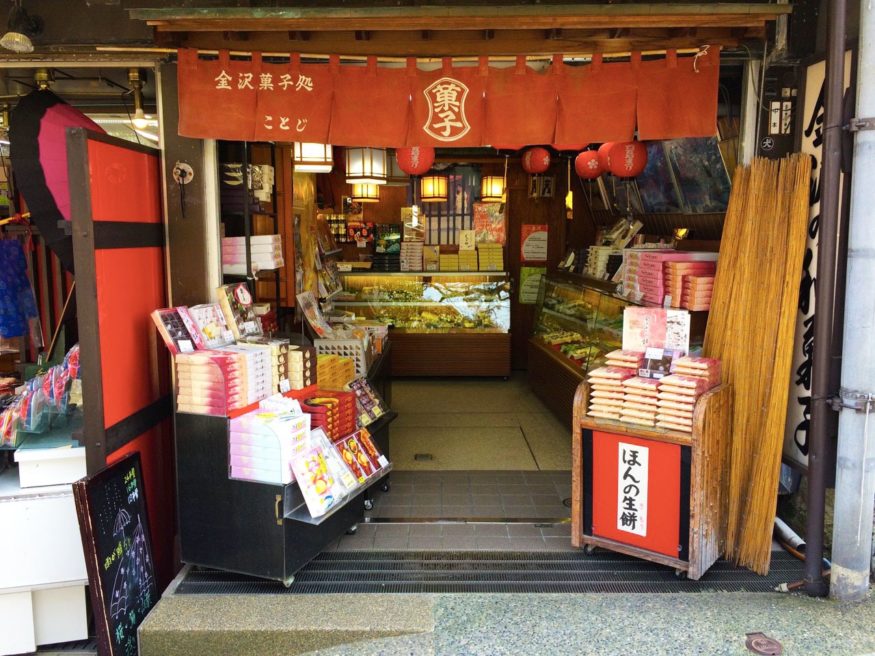
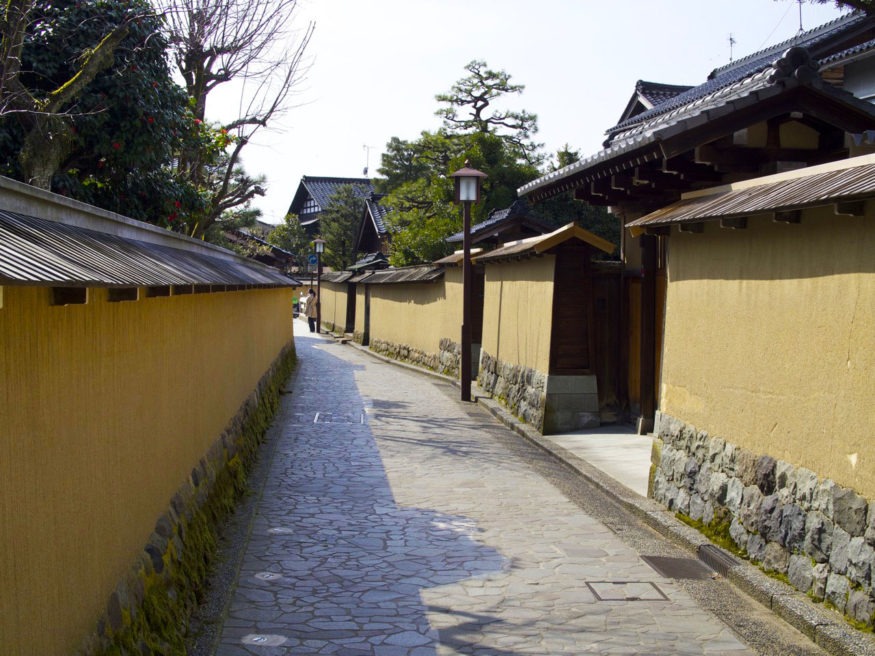
I wanted to visit Kanazawa because of its famously well-preserved heritage from the Edo Period when it served as the seat of the powerful Maeda feudal Clan. It was one of the wealthiest clans in terms of fief sizes and rice production, but with great power come equally great threats. The Maeda clan, therefore, employed several samurais and offered them property at the foot of Kanazawa Castle in Nagamachi District, which can still be visited today.
Japan’s most celebrated landscape garden, Kenrokuen, as well as Higashi Chaya District, filled with ancient wooden teahouses where geishas work and perform, are both well worth a few hours.
Hotels in Kanazawa
+
nagano travel tips
Where I stayed in Nagano: Yamanouchi Ryokan
JAPANESE ALPS // 2 days
Moving on to the Japanese Alps for the last few days of this Japan itinerary, where I had planned on hanging out with snow monkeys and experience a ryokan with an onsen and a traditional dinner.
It was absolutely perfect and even though I was terrified of committing a cultural faux-pas I managed to make it out unscathed, and infinitely more appreciative of my time in the Nagano prefecture.
Janapese Alps guided tours & day trips:
- Full-day tour of snow monkeys, Zenko-ji Temple and sake in Nagano
- Explore Jigokudani snow monkey park with local guide
- Nagano private 2-day tour with guid and overnight at ryokan
+
nagano travel tips
MATSUMOTO // 1 day
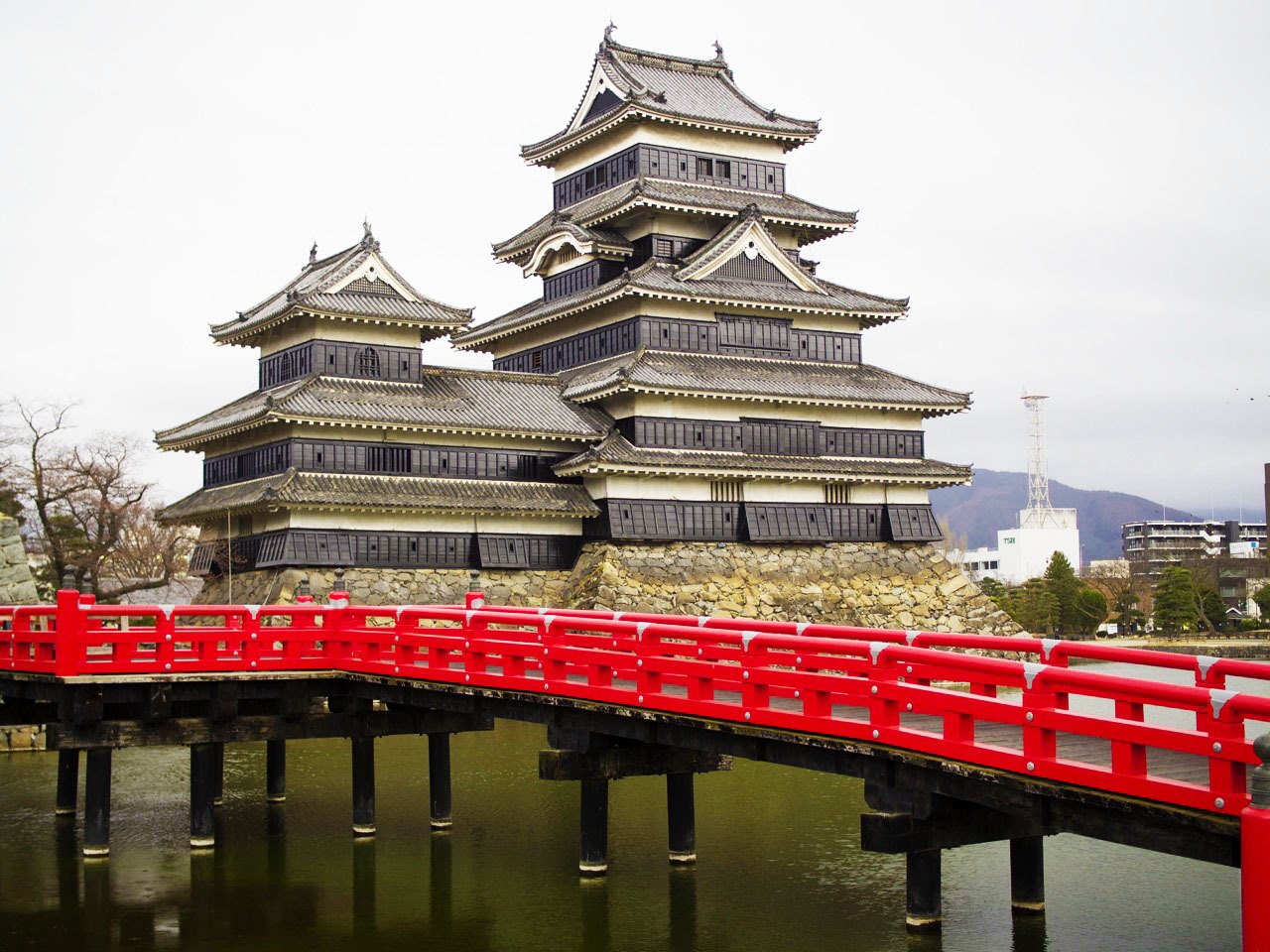
The detour on this Japan Itinerary by this somewhat underrated portion of Honshu Island was mainly to visit Matsumoto Castle, one of Japan’s premier historic castles and a splendid work of art. Its value is simply inestimable, as it still contains original wooden interiors and external stonework. It really was a fascinating journey into the history of the military in Japan; the castle is awash with secret passageways, tricky steep stairs, and other secrets that only samurais were privy to. I think I ended up having a much better and more informative time at Matsumoto than I would have at Himeji, which was way too crowded.

